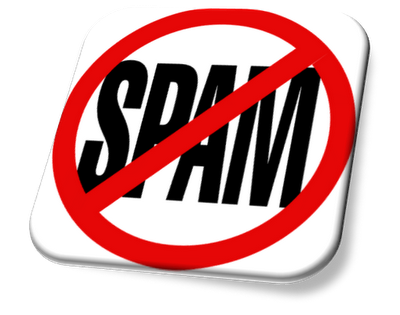
|
How to determine if an Email is FAKE
There has been a large increase in fake messages recently. Often times these messages are trying to get you to enter your username and password so they can get access to your accounts, or trying to get you to download something so that they can compromise your computer.
There are several ways you can check to see if a message is actually real or not. Here’s how to avoid falling into their trap.
|
- Be aware that it is very easy to fake who the message is coming from. In the example below, it says the email is from “Efax j2 Global”. Anyone can change this information so this is not a good indicator of who the message is really from.
- It is harder to fake the actual email address. [email protected]. Ok, so it looks like it is from eFax, but if it were really from eFax it would come from some [email protected] not [email protected] If you look at the email address the email came from you can usually tell if it is legitimate or not.
- Finally, you can see where the link goes. Use your mouse and move your mouse pointer to the link, but be sure NOT to click it. Outlook will pop up a small shaded window that tells you where the link goes. See the picture below. In this case you can see it goes to “hcmracing.net” which has nothing to do with eFax at all. At times you might see something like “efax.hcmracing.net.br” . While it does have efax in the name, the actual domain is still “hcmracing.net”. You can have any name in front of a domain like “Microsoft.hcmracing.net”. It still isn’t Microsoft, the hcmracing.net is the real domain name. All domain names end in .com, .net, .org. and so on. The name just before the .com or .net or .org is where it really goes.
For example fakename.realname.[com or .org or .net] The realname part is what really matters.
Sometimes you might also see something at the end of the name like .ca (Canada) .br (brazil) .jp (japan). These are country codes. Most of the time if you ever see this it’s a fake message. This would like like this:
Fakename.hcmracing.com.jp or fakename.hcmracing.net.ca. In most cases it’s fairly unusual to get email from outside the US, particularly since most major companies have a US business presence so they would just be emailing from a .com domain name.

|